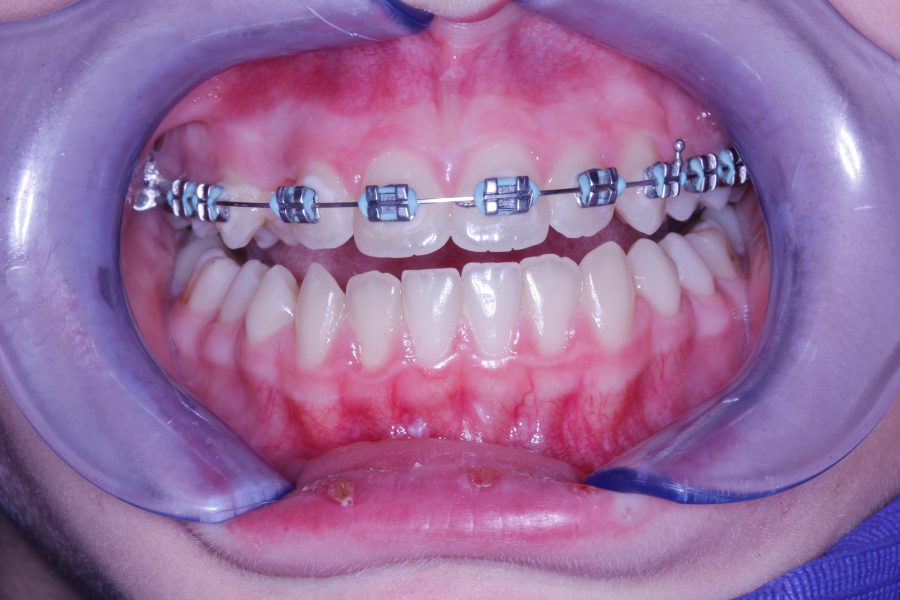ORAL SURGERY
A common cause of orthodontic as well as esthetic problems is impaction of anterior teeth (typically canines) in the jaw. Depending on the relative position of the canine with respect to the jaw a canine may be located towards the buccal (towards the lips) or the palatal aspect of the jaw (towards the roof of the mouth). With regards to the depth of impaction the canine’s crown may be completely covered by bone or it may lie more superficially underneath the gums.
When a permanent canine may be taking too long to erupt in a child’s mouth a radiographic evaluation is indicated. In case canine impaction is confirmed and there is evidence that it can be properly repositioned, then a treatment plan is formulated in conjunction with an orthodontist. This treatment plan typically involves a combination of a small surgical uncovery procedure together with orthodontic tooth movement (forced eruption).
The aim of the uncovery procedure is to expose the crown of the impacted canine in the oral cavity. During the procedure, once the tooth crown has been properly exposed, an orthodontic bracket is placed on it. This will allow the orthodontist to slowly over time “pull” the canine in the right place in alignment with the neighboring teeth. This localized periodontal procedure is painless (performed under local anesthesia) and causes minimal to no pain post operatively to the patient.
Within 1-2 weeks following the procedure the patient is referred to the orthodontist in order for him to continue with orthodontic movement of the tooth.

